Introduction
Understanding Azure and AWS Pricing Models
The pricing structure of cloud services is a crucial consideration for businesses, especially when comparing two industry giants like Azure and AWS. Both platforms offer flexible spending options to cater to varying needs. Azure adopts a pay-as-you-go model, allowing businesses to incur costs based on their actual usage.
This model is particularly beneficial for companies with fluctuating workloads, helping them avoid unnecessary expenses. Similarly, AWS offers an On-Demand pricing model, enabling users to pay for compute capacity by the hour or second, depending on the instances they run. These scalable and cost-effective solutions are aimed at helping companies manage variable demands.
Recent developments highlight the commitment of both providers to enhance cost efficiency for their users. Microsoft, for instance, has eliminated egress fees for data transfers out of Azure, aligning with the forthcoming European Data Act and offering customers the first 100GB/month of data egress at no cost. As cloud platforms evolve, their security measures have also evolved to counter sophisticated cyber threats.
Azure and AWS have enhanced their security frameworks, providing robust identity and access management solutions to ensure secure and controlled access to cloud resources. With a wide range of options available, businesses can optimize their cloud experience while prioritizing both security and cost-effectiveness.
Understanding Azure and AWS Pricing Models
Comprehending the cost framework of cloud services is crucial for businesses, and when contrasting AWS and another major player, it's clear that both giants address the requirement for adaptable expenditure. The pay-as-you-go model has embraced a system, which means you only incur costs based on your actual usage of services and resources. This model is particularly beneficial for businesses that experience fluctuating workloads and wish to avoid unnecessary expenses.
Similarly, AWS offers an On-Demand pricing model, allowing users to pay for compute capacity by the hour or second, depending on the instances they run. This approach mirrors a platform's in providing a scalable and cost-effective solution for companies managing variable demands.
Recent advancements emphasize the continuous endeavors by these providers to improve efficiency for their users. Significantly, Microsoft has taken a noteworthy step by eliminating egress fees for data transfers out of its cloud platform, joining AWS and Google in this customer-centric move. This change aligns with the forthcoming European Data Act, aimed at preventing lock-in terms and will be effective globally in 2025. Microsoft emphasizes that Azure customers can enjoy the first 100GB/month of data egress at no cost, across all regions, with additional support provided for those needing to transfer larger volumes.
As online platforms advance, so too do their security measures. In the early days, security was often a secondary concern in remote computing. Nevertheless, the surge in the adoption of cloud technology has resulted in more sophisticated cyber threats, prompting providers like AWS and other cloud service providers to enhance their security frameworks from basic firewalls to advanced, layered defenses. For example, the Active Directory (AD) service from Microsoft provides strong identity and access management, similar to AWS's IAM service, including multi-factor authentication and extensive identity governance capabilities, guaranteeing secure and regulated access to resources in the sky.
Companies seeking to develop applications on these platforms can receive customized advice for their distinct expansion and changing requirements, guaranteeing they choose the appropriate business structure and online services that match their strategic objectives. Whether it's leveraging Azure's multi-layered security strategies or taking advantage of AWS's flexible pricing, organizations have a wealth of options to optimize their cloud experience while maintaining a keen eye on both security and cost-effectiveness.
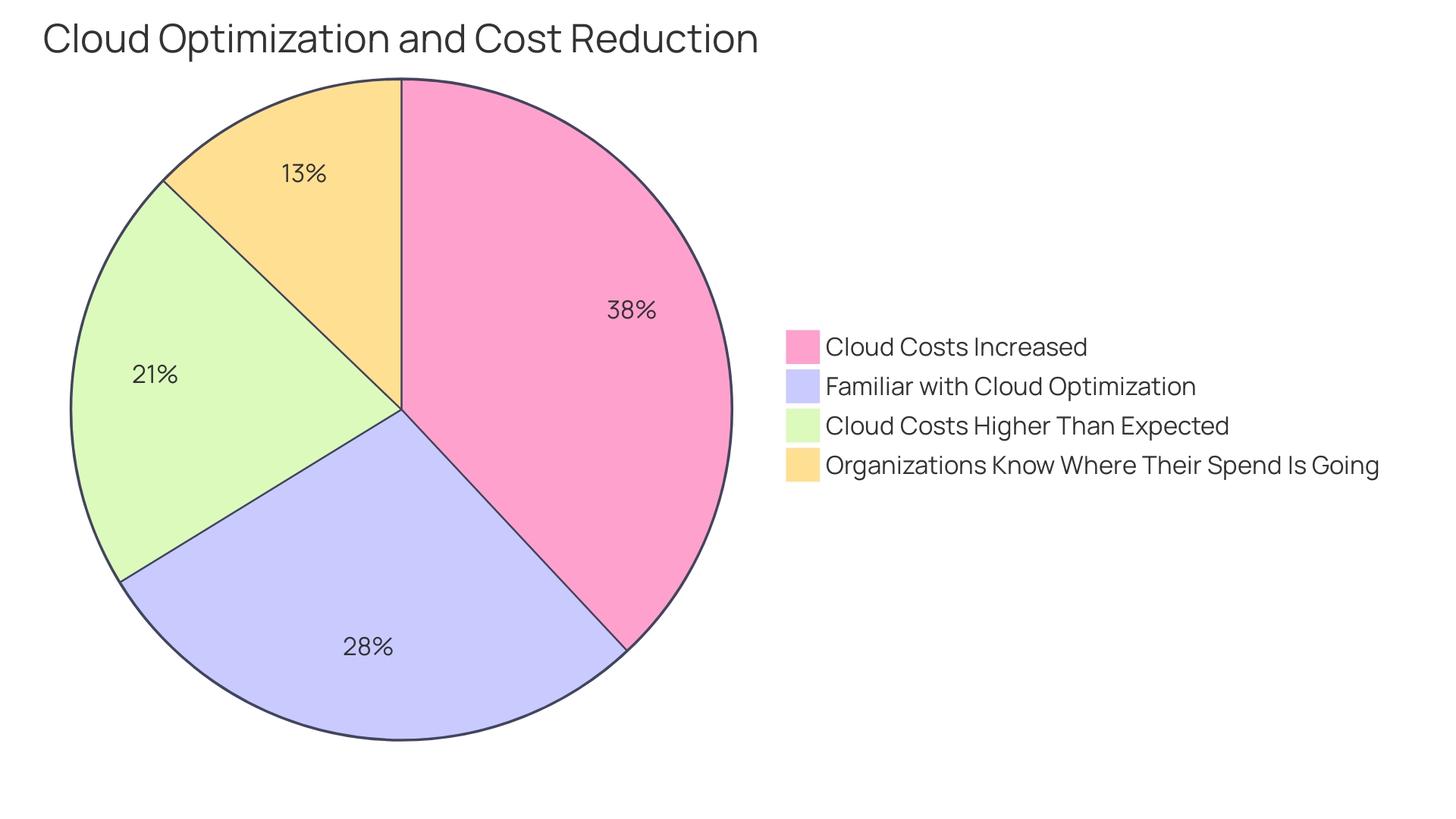
Comparing On-Demand Pricing for VMs and Instances
When it comes to the financial considerations of cloud services, particularly virtual machines (VMs) and instances, it's crucial to understand the cost models of major providers like AWS and Azure. Both platforms offer on-demand pricing, enabling flexible scaling of resources to match your requirements. However, it's not just about the on-demand rates; a comprehensive cost comparison must take into account various other factors.
For instance, Azure provides new users with a substantial incentive: start with a free account and receive a $200 credit to use within the first 30 days. During this period, you can access many popular services for free, along with over 55 other services that are permanently free. Post the credit period, users transition to a pay-as-you-go model, paying only for what exceeds the free monthly quotas.
Meanwhile, AWS offers a similar approach to pricing, aiming to meet the budgetary constraints of a diverse range of customers from students to large enterprises. A key element of AWS's offering is the focus on avoiding unexpected charges through effective expense management tools. This ensures customers have a clear understanding of their expenditure and can optimize their costs effectively.
Both AWS and Microsoft's cloud platform have been making changes to their cost strategies, which became apparent with the recent increase in spot instance prices. Our analysis, which evaluated spot instance pricing across all public cloud regions for AWS, Azure, and GCP over the previous year, reveals significant shifts in the cost landscape.
Furthermore, Microsoft's cloud computing platform has prioritized security and adherence to regulations by improving its management exports feature. This allows users to configure exports to storage accounts that are behind a firewall, offering an added layer of protection and control.
As cloud services become more and more crucial, especially in the aftermath of the worldwide health crisis that necessitated swift IT adjustment, comprehending the complexities of cost becomes paramount. Whether it's on-premises or cloud-based deployments like Virtual Desktop, the financial implications vary and necessitate thoughtful deliberation.
In summary, when evaluating AWS and the cost of services from Microsoft's cloud platform, it's crucial to consider not only the listed prices and discounts but also the additional benefits, tools for managing expenses, and nuances of the pricing model that can significantly impact the total cost of ownership (TCO) for your virtualization infrastructure.
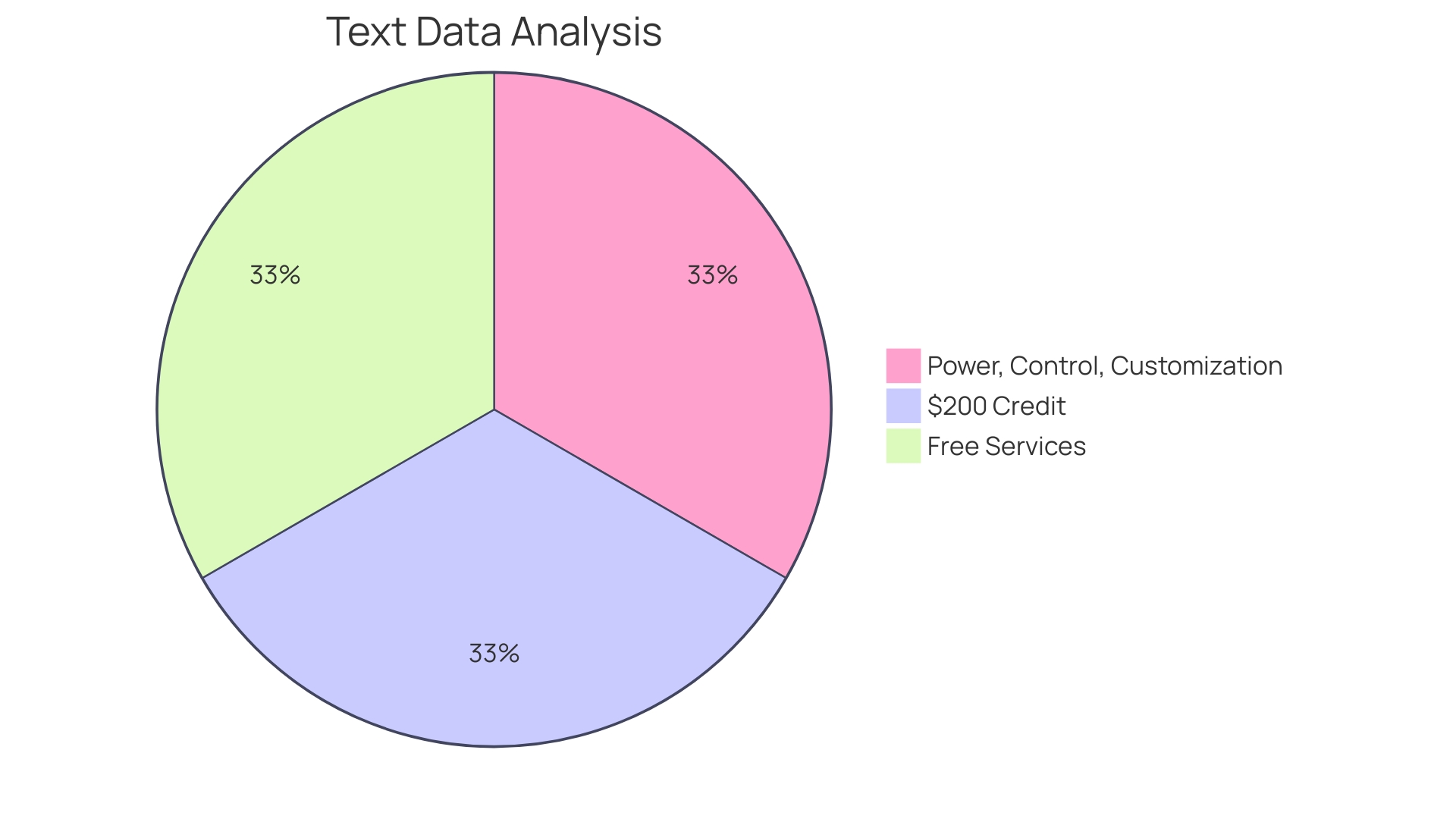
Reserved Instances and Discounted Pricing
As businesses navigate the complexities of cloud services and cost management, a key strategy to manage expenses is utilizing reserved instances. Both AWS and another provider offer these cost-saving options, where committing to one-year or three-year terms can unlock substantial discounts compared to standard on-demand pricing. Azure's reserved instances can be configured for one or three-year durations, whereas AWS provides flexible payment plans to cater to various budgeting requirements.
To illustrate the significant impact of adopting reserved instance strategies, consider the example of GoDaddy, a company with a customer base exceeding 20 million. GoDaddy's commitment to being data-driven and efficient led them to optimize their batch processing jobs, a move that aligns with the broader industry trend towards cost-effective cloud solutions. Their structured approach for improvement—referred to as the seven layers of improvement opportunities—mirrors the value that can be gained from reserved instances.
The significance of optimizing cloud services is emphasized by a survey that reveals that 66% of IT decision-makers are familiar with the term, and 89% reported increases in spending on cloud technology over the last year. The survey also emphasized that organizations are actively seeking ways to comprehend and regulate their expenses in the cloud more efficiently.
In addition, given that the optimization of cloud services is a critical subject for many enterprises, understanding and managing the expenses associated with cloud consumption has become a focal point. Microsoft's Cost Management tools and the ability to configure exports for storage accounts behind a firewall are examples of how providers in the industry of cloud computing are enhancing their services to offer improved management of expenses and security compliance to users.
This emphasis on optimizing expenses is further highlighted by the examination of spot instance rates, which have experienced increases in recent periods. The dynamism of spot instance pricing across AWS, GCP, and Azure showcases the importance of having a strategic approach to purchasing services.
In conclusion, utilizing reserved instances is a strategic move for businesses that aim to decrease costs while maintaining flexibility and efficiency. This practice not only offers financial relief but also aligns with the current industry focus on optimizing cloud architecture for long-term scalability and cost-effectiveness.
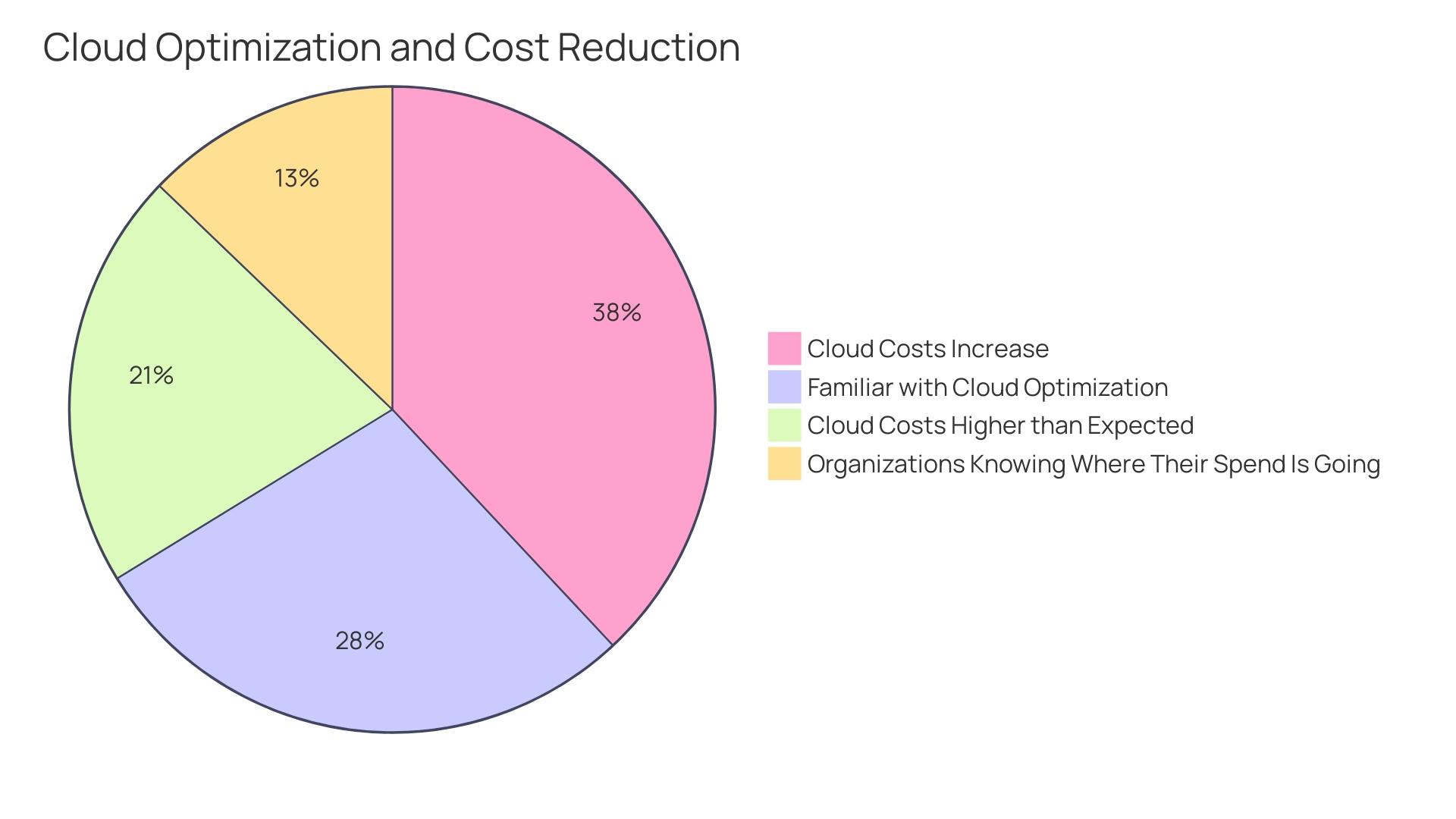
Compute Costs: General Purpose, Compute Optimized, and Memory Optimized
Azure and AWS both offer a plethora of compute services tailored to various workload needs, including general-purpose, compute-optimized, and memory-optimized virtual machines. The pricing structures are influenced by the specific instance types and configurations chosen. For instance, the expenses associated with AWS can differ greatly, occasionally only amounting to ten cents per terabyte for straightforward workloads primarily limited by S3 bandwidth when optimized correctly. Experts such as Matthew Rocklin emphasize the significance of appropriate tuning for efficiency in terms of expenses. On the Azure side, new tools like Copilot, which is now available in preview to all customers, aim to simplify operations and enhance productivity by offering AI-assisted management and troubleshooting across edge scenarios. This AI-enhanced management can help developers configure, manage, and optimize databases and analytics services more efficiently, potentially resulting in savings. Meanwhile, AWS experts such as Gaurav Garg collaborate with software vendors to build scalable and cost-effective solutions that align with business needs, focusing on elements such as security and databases. As the sky scenery transforms with AI and other advancements, the capability to control expenses efficiently while leveraging the most recent technology becomes crucial for organizations.
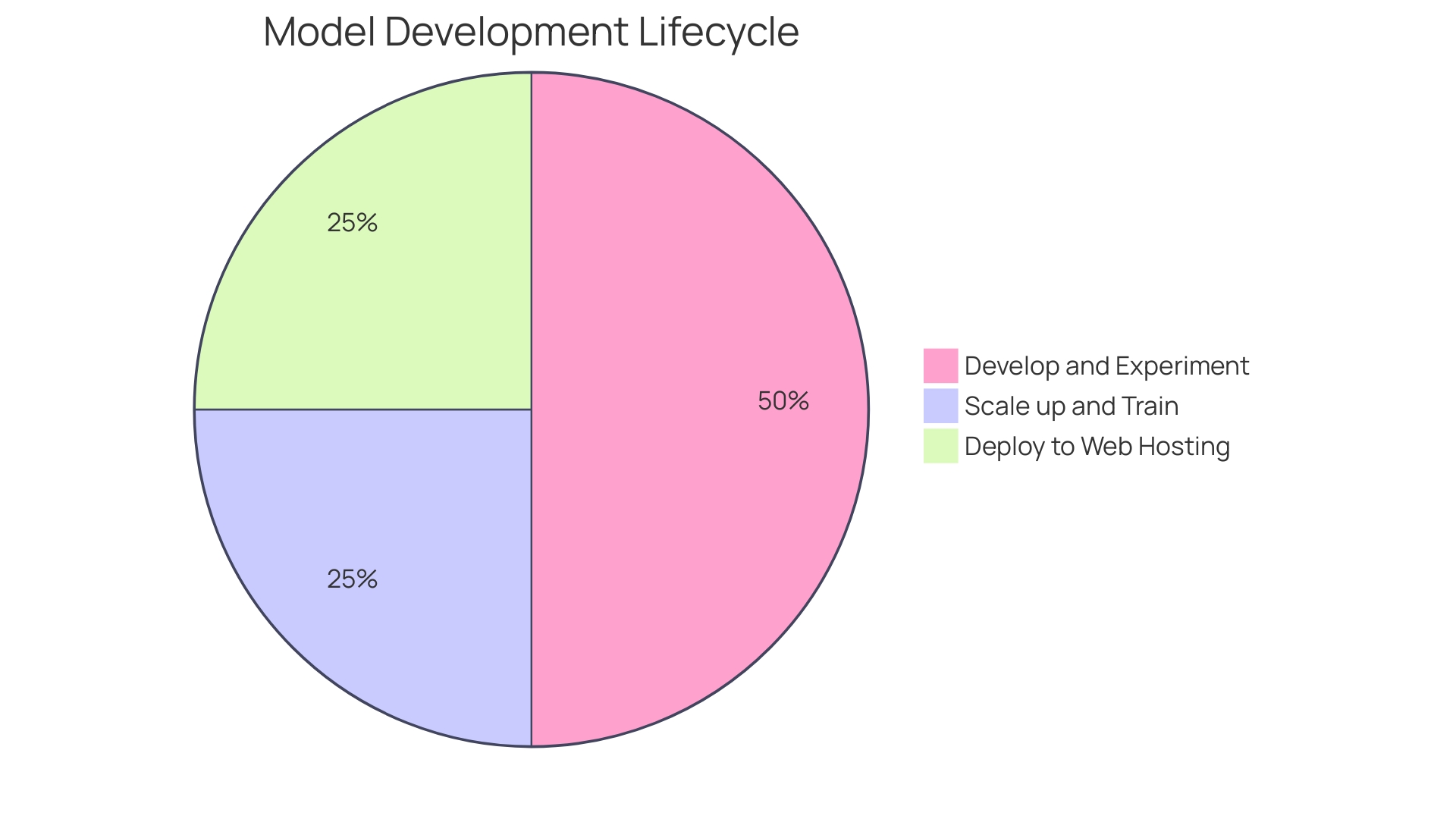
Storage Pricing Comparison
In the realm of cloud computing, storage services are indispensable, and both AWS and another platform have carved out a suite of options to cater to diverse needs. Azure's recent move to eliminate egress fees aligns with the industry's shift towards more customer-friendly payment structures, which is significant when considering the financial implications of data transfer. Microsoft now offers the first 100GB/month of egress data for free, a provision that reflects AWS's dedication to competitive costs, particularly as observed with its AWS Simple Storage Service (S3). 'S3's pricing model, recognized for decreasing expenses per unit over time, necessitates thoughtful use to avoid unexpected bills, emphasizing the significance of understanding the nuances of storage costs in the cloud.
When assessing the cost-effectiveness of storage, it's essential to explore block and object storage types. Block storage, characterized by data divided into uniformly sized blocks, offers unique identifiers for each block, allowing them to be distributed and stored across various devices. This aids in efficient data tracking and reassembly during access. On the other hand, the internet generates trillions of data units annually, with approximately 80% being unstructured. Object storage addresses this by encapsulating each data file in a discrete object, stored within a flat-file structure in a single repository. This model abstracts lower-level storage management, allowing data to be accessed as objects rather than blocks, simplifying the management of expansive data sets.
Given the immense volume of data managed and the need for cost-effective storage solutions, it's imperative for organizations to weigh the strengths and weaknesses of each storage type. Understanding the structures of pricing and strategic use of services like AWS S3 can lead to significant savings and ensure that storage investments align with business growth and data management needs.
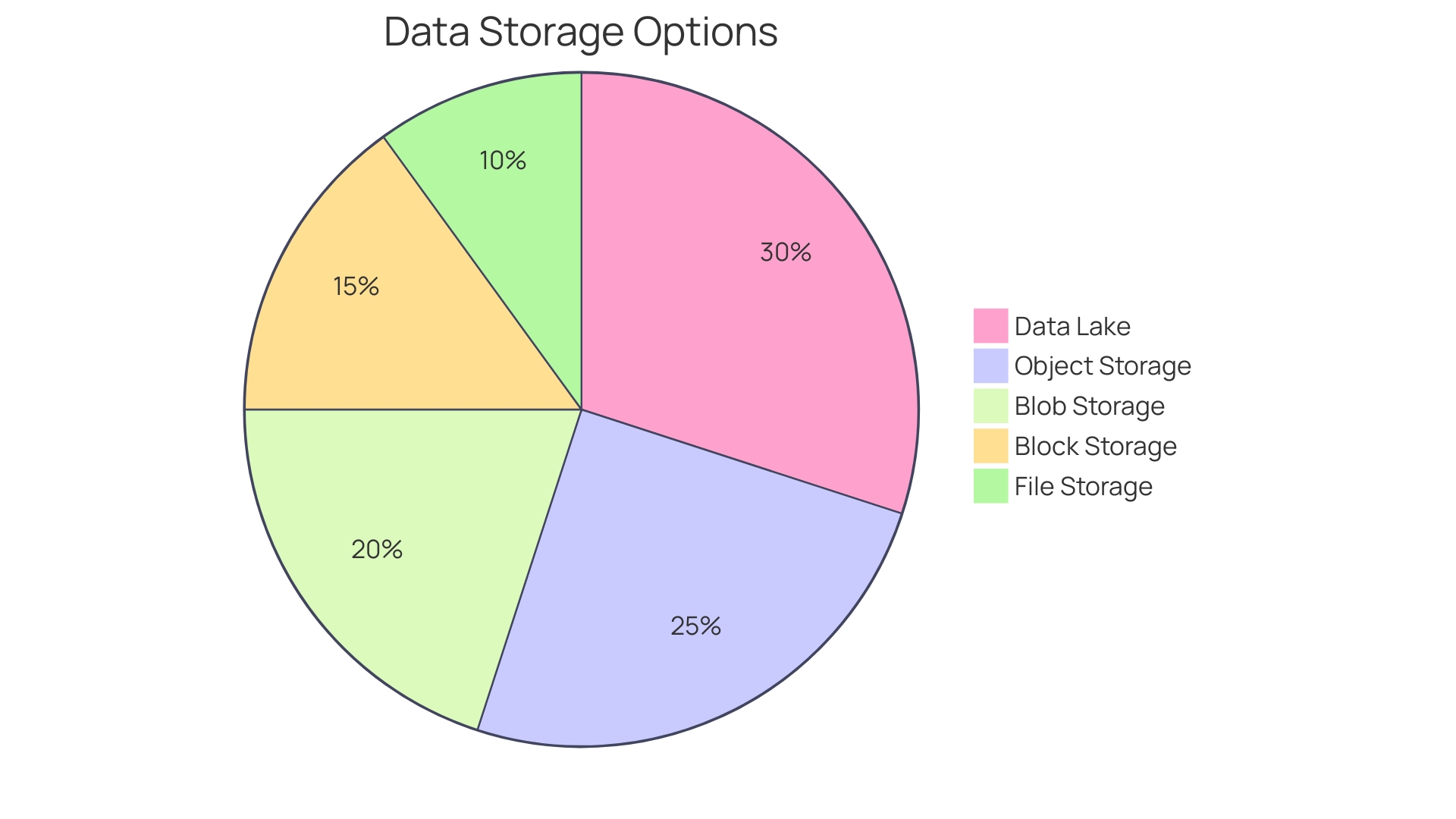
Database and Networking Costs
Cloud infrastructure is more than just compute and storage; it is also heavily reliant on databases and networking to function effectively. AWS and another cloud computing platform have evolved to offer a broad range of database services to meet the varying needs of businesses, such as Amazon RDS and another database, each with its own unique pricing structure. Moreover, expenses associated with networking, such as data transfers and load balancing, are crucial elements in the overall expenditure of cloud services. Azure has recently enhanced its database offerings with a compelling free tier for Azure SQL Database, which does not expire after 12 months and renews monthly. This is particularly beneficial for a diverse set of users, from students to enterprise customers, providing an opportunity to develop new applications or test prototypes without incurring additional costs.
The significance of databases in the ecosystem cannot be emphasized enough, as they are pivotal to the user experience. Kelsey Hightower emphasizes the necessity of focusing on the database as the most critical element of computing. This perspective is echoed by the experiences of companies like GoDaddy, which has successfully optimized its batch processing jobs through a structured methodology. Such improvements in operational efficiency often extend to the database layer, where scalability and performance are paramount.
In terms of networking, the collaborative efforts of Microsoft and Oracle to optimize the connectivity between Azure and Oracle databases exemplify the shift towards seamless integration and operational efficiency. Such partnerships are indicative of the industry's move towards interoperable solutions that prioritize customer needs over competitive boundaries.
Lastly, the discussion regarding infrastructure in the sky is incomplete without recognizing the historical development of security in the sky. As the sky has matured, so has the approach to security—from basic firewalls to complex, layered defenses. This progression is a testament to the industry's proactive stance on protecting data and applications in an ever-changing threat landscape. The role of databases and networking in infrastructure is not just foundational; it is dynamic and continuously adapting to the needs of modern businesses.
Additional Cost Factors: Data Processing, IOPS, and Egress Charges
When analyzing the expense landscape of online services, it is crucial to delve deeper than the visible aspects such as compute, storage, and networking. Azure and AWS each have their respective pricing models that can significantly impact the total expenditure, especially when considering data processing, IOPS, and data egress fees.
Data egress, the process of transferring data out of a provider's network, is a crucial factor that can impact expenses. This could involve transferring data from online storage to local environments or between various online service providers. While ingress is generally free, egress is chargeable and can accumulate substantial fees depending on the volume of data transferred. Providers typically measure these fees in gigabytes (GB) or terabytes (TB) per month.
The intricacy of online services implies that comprehending these expenses demands meticulous examination. For example, Mark Russinovich, CTO of Azure, highlights the importance of optimization algorithms in computing to manage resources efficiently. These algorithms can help determine near-optimal solutions that balance time and computational constraints, particularly when configuring environments for software and hardware testing platforms.
Furthermore, the strategic decisions between opting for in-house development versus purchasing services from the cloud must be weighed against the backdrop of these expenses. The computing technology enables highly scalable and elastic workloads on cutting-edge hardware with pay-as-you-go pricing. Yet, it also demands a certain level of proficiency from organizations to leverage these services effectively.
This intricate web of factors underscores the importance of a deep dive into the Cost Optimization pillar of the Well-Architected Framework. It is not just about reducing expenses but also about optimizing operations throughout a workload's lifecycle to achieve the most favorable business outcomes at the lowest achievable expenditure. Implementing a cost-aware approach can assist organizations in optimizing their investments and return on investment.
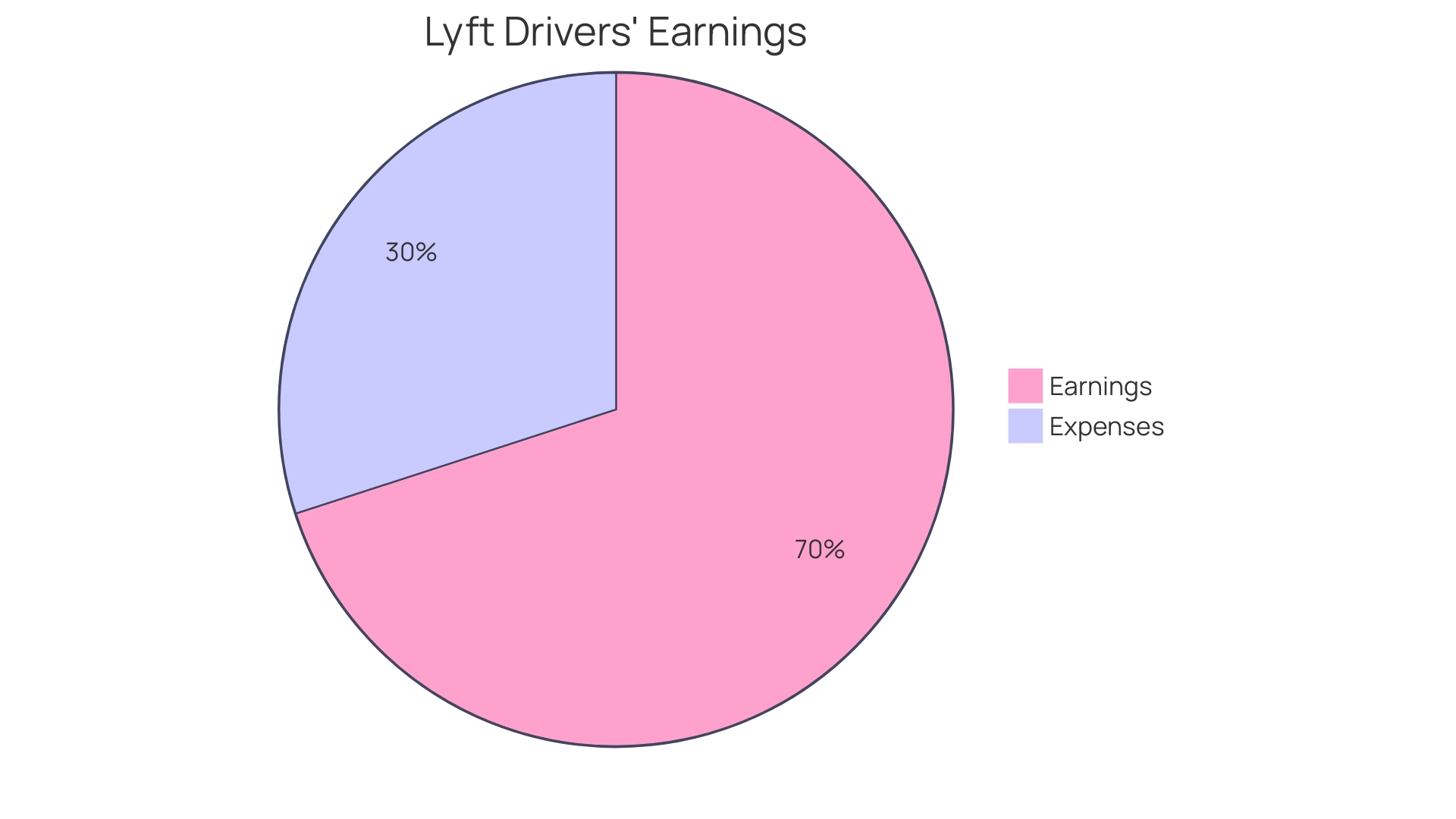
Case Studies: Real-World Cost Implications
Grasping the intricacies of pricing in the realm of cloud computing, specifically between the AWS and another platform, is imperative for organizations looking to enhance their cost efficiency. Real-world applications often shed light on these differences, revealing the impact of service selection on financial outcomes. For example, when faced with the task of ensuring software compatibility across varied environments, Azure's performance across different server configurations and operating systems is tested using optimization algorithms. These algorithms aim to achieve near-optimal solutions, balancing time and resource constraints. This approach underscores the intricacies of cloud services and the importance of choosing a platform that can efficiently meet diverse technological needs.
Organizations that prioritize expense management often integrate financial and technological expertise, exemplified by collaborations between CFOs and technology leads. A case study from the Well-Architected Framework's Cost Optimization pillar demonstrates this synergy, illustrating how businesses can minimize expenses while maximizing return on investment through a continuous refinement process. This is especially pertinent during transitions, such as shifting from AWS to a bare-metal solution, which can result in notable savings and operational control. Similarly, GoDaddy's methodical approach to optimizing batch processing jobs by implementing seven layers of improvement opportunities reflects a strategic, data-driven effort to enhance efficiency.
Staying updated on the most recent offerings in the skies is also crucial. Updates such as Microsoft's participation in the FinOps Foundation and the introduction of the FinOps open cost and usage specification (FOCUS) dataset during Microsoft Ignite 2023 demonstrate the evolving landscape of cost management in the cloud. These developments offer standardized data schemas and the potential for improved data processing, further aiding organizations in their quest for financial efficiency in the cloud.
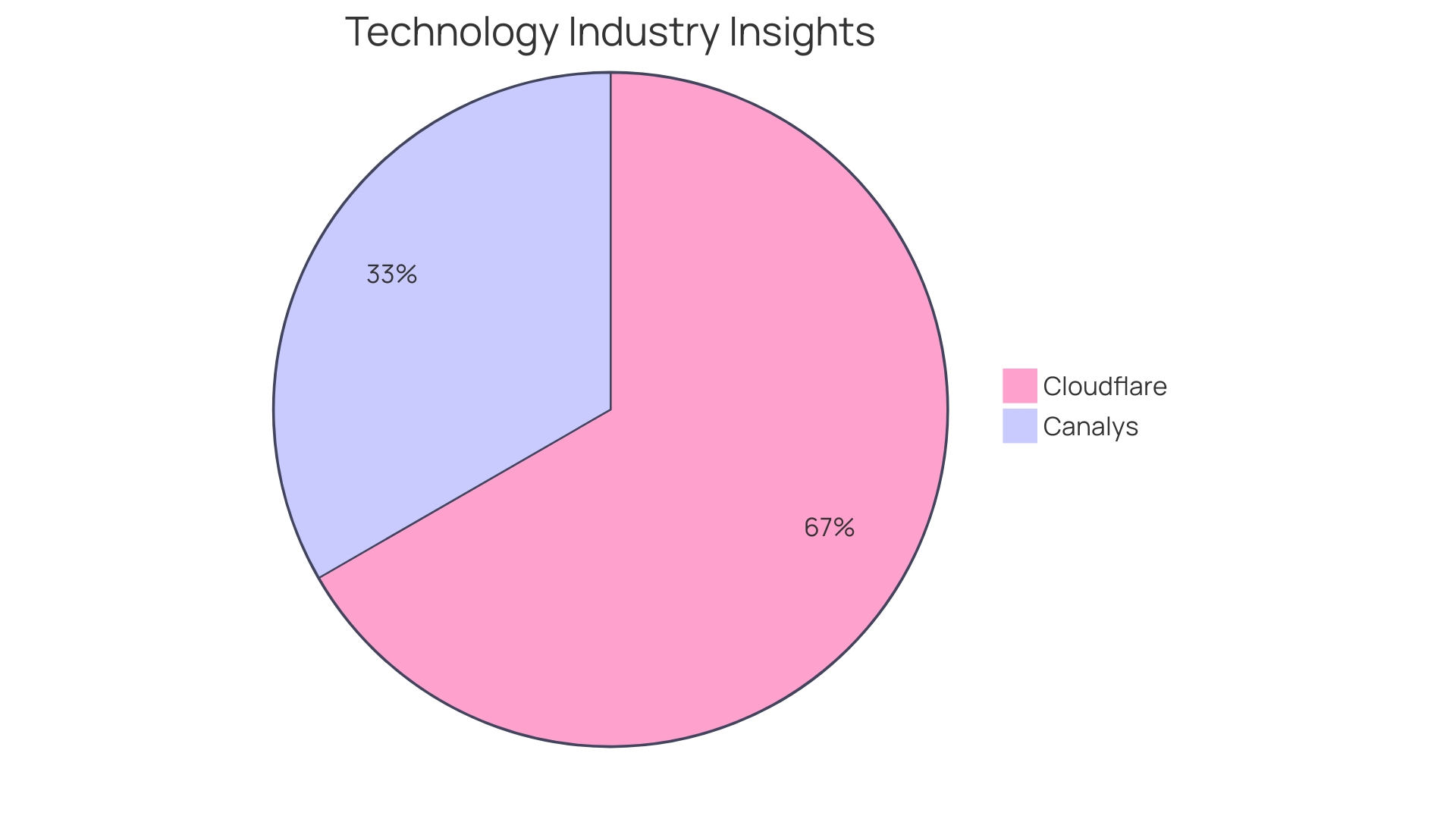
Conclusion
Understanding the pricing structure of Azure and AWS is crucial for businesses seeking cost efficiency in cloud services. Both platforms offer flexible spending options, with Azure adopting a pay-as-you-go model and AWS providing an On-Demand pricing model. Recent developments highlight the commitment of both providers to enhance cost efficiency for users, such as Microsoft eliminating egress fees for data transfers out of Azure.
Azure and AWS have also enhanced their security frameworks to ensure secure and controlled access to cloud resources.
When evaluating cloud pricing, it's important to consider factors beyond list prices and discounts. Azure offers a free account with a $200 credit for new users, while AWS focuses on effective cost management tools. Leveraging reserved instances can unlock substantial discounts compared to standard on-demand pricing for both platforms.
In terms of compute costs, Azure and AWS offer a range of services tailored to different workload needs. Proper tuning and the use of AI-assisted management tools can contribute to cost efficiency and productivity gains.
Storage services are crucial in cloud computing, and both Azure and AWS provide options to cater to diverse needs. Azure's elimination of egress fees aligns with customer-friendly pricing models. Understanding the differences between block and object storage types is essential for cost-effective storage decisions.
Cloud infrastructure relies on databases and networking, which both Azure and AWS offer. Azure's free tier for Azure SQL Database provides an opportunity for users to develop applications without additional costs. Collaborative efforts between providers emphasize interoperable solutions that prioritize customer needs.
Considering additional cost factors like data processing, IOPS, and data egress charges is crucial. Optimization algorithms and a cost-aware approach can help organizations manage resources efficiently and maximize cloud investments.
Real-world case studies highlight the impact of service selection on financial outcomes and the importance of integrating financial and technological expertise. Continuous refinement processes and staying up-to-date with the latest cloud offerings contribute to achieving financial efficiency in the cloud.
In conclusion, understanding the pricing models, cost-saving options, and additional cost factors of Azure and AWS is crucial for businesses seeking cost efficiency. By leveraging the right strategies and optimizing cloud resources, organizations can achieve their strategic goals while maintaining security and cost-effectiveness.
Optimize your cloud resources and maximize cost efficiency with our AI-assisted management tools.




